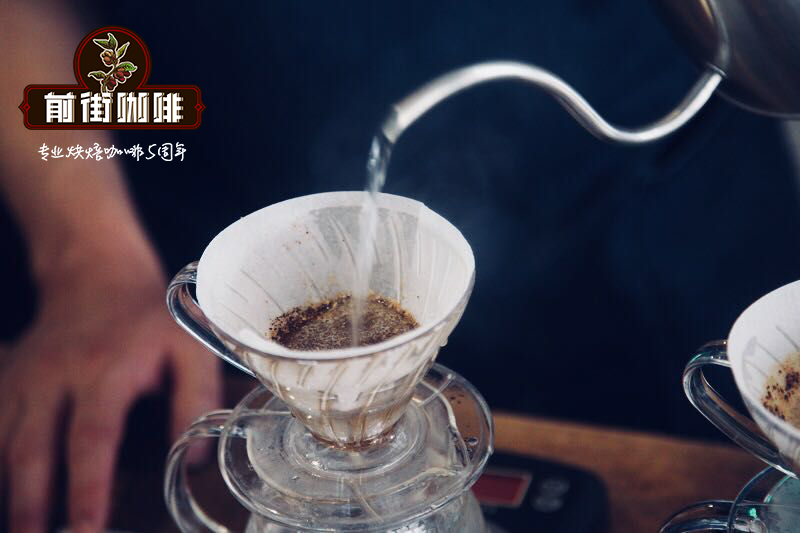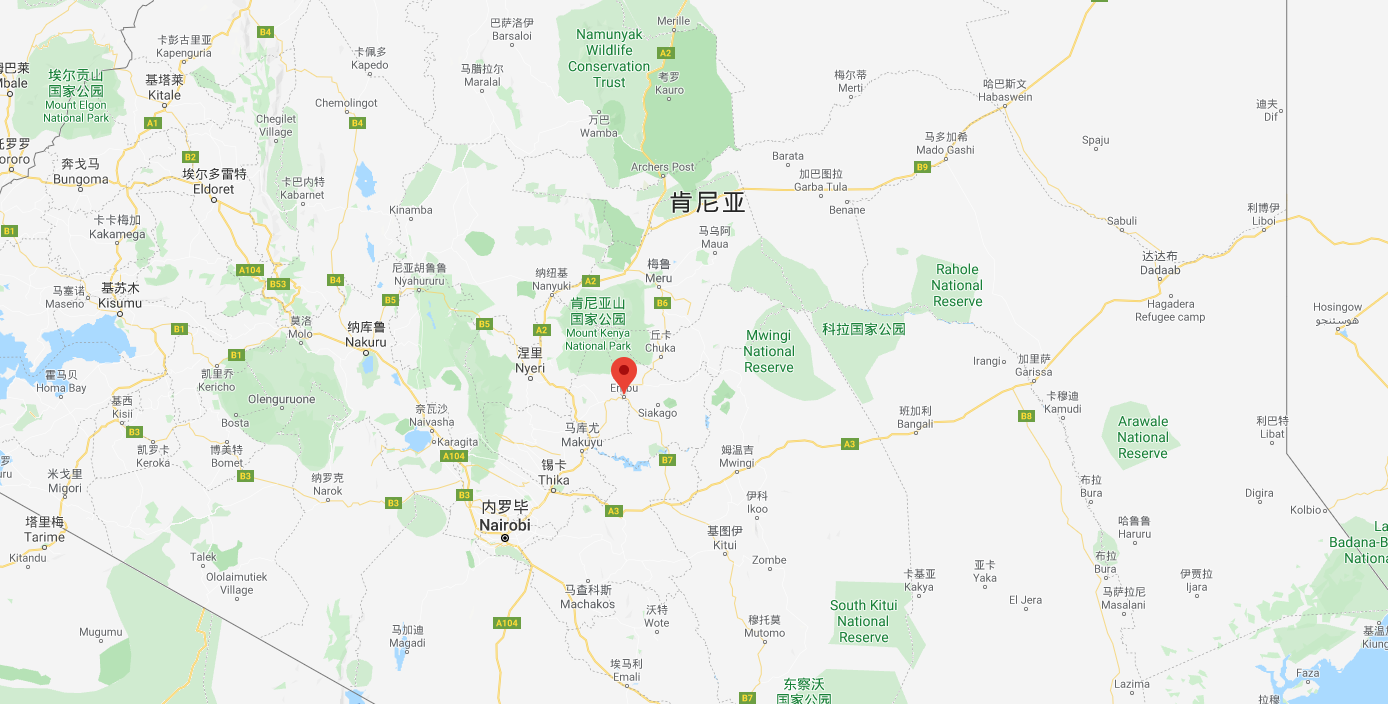Kenyan Embu Region Introduction| How about Kenya Embu AA Flavor

Embu Embu
The area near Mount Kenya is named after the city of Embu, where about 70 per cent of the population is engaged in small-scale farming. Almost all coffee comes from small farmers, and coffee production in this area is relatively small. However, the area is supported by the Uteuzi Jiimbo program, and the quality of coffee has been well developed.
Altitude: 1300-1900m
Harvest time: may-June and November-December
Variety: SL 28, SL 34, Ruiru 11, Batian,K7
Grade: AA

Regional selection Program Uteuzi Jiimbo
The purpose of the regional selection program is to highlight the unique characteristics of microclimates inherent in many countries with raw coffee beans. Local variables (such as wind pattern, soil quality, sunlight, altitude and other environmental factors) have a lot to do with common characteristics.
For "regional selection" products, purchase according to the quality and characteristics of the cup, in order to find a balance between "local taste" and availability and price. These batches are made from a mixture of coffee from small farmers, with cup test scores between 84 and 87, with regional and micro-regional traceability, but not specific to farms or producers.
Flavor characteristics
Embu coffee usually has a heavy taste, showing darker forest fruit, brown sugar and a smoother, more balanced acidity.
Important Notice :
前街咖啡 FrontStreet Coffee has moved to new addredd:
FrontStreet Coffee Address: 315,Donghua East Road,GuangZhou
Tel:020 38364473
- Prev

Introduction to the producing area of Kilinaga, Kenya | Kenya KirinyagaAA flavor characteristics Kirinyaga
Coffee from the Kirinyaga region of Kenya thrives in rich volcanic soil and is carefully selected and processed in fresh water from the Kii River. Full of sweet complex flavor, lively acidity and rich velvet flavor, a large number of Kirinyaga coffee with a unique local flavor, some people call it the classic Kenyan flavor. The climate here is very similar to summer in Europe.
- Next

Introduction of coffee bean producing areas in Kenya taste and flavor characteristics of Meilu coffee producing area in Kenya
Meru Meru comes from about 30 small farmers in the eastern highlands of Meru, Kenya. They call their team Kushikamana because it translates roughly to work together and accurately describes the coordination of coffee delivery and processing. Each small farmer carries out peeling, beating, fermentation and drying respectively.
Related
- Detailed explanation of Jadeite planting Land in Panamanian Jadeite Manor introduction to the grading system of Jadeite competitive bidding, Red bid, Green bid and Rose Summer
- Story of Coffee planting in Brenka region of Costa Rica Stonehenge Manor anaerobic heavy honey treatment of flavor mouth
- What's on the barrel of Blue Mountain Coffee beans?
- Can American coffee also pull flowers? How to use hot American style to pull out a good-looking pattern?
- Can you make a cold extract with coffee beans? What is the right proportion for cold-extracted coffee formula?
- Indonesian PWN Gold Mandrine Coffee Origin Features Flavor How to Chong? Mandolin coffee is American.
- A brief introduction to the flavor characteristics of Brazilian yellow bourbon coffee beans
- What is the effect of different water quality on the flavor of cold-extracted coffee? What kind of water is best for brewing coffee?
- Why do you think of Rose Summer whenever you mention Panamanian coffee?
- Introduction to the characteristics of authentic blue mountain coffee bean producing areas? What is the CIB Coffee Authority in Jamaica?

